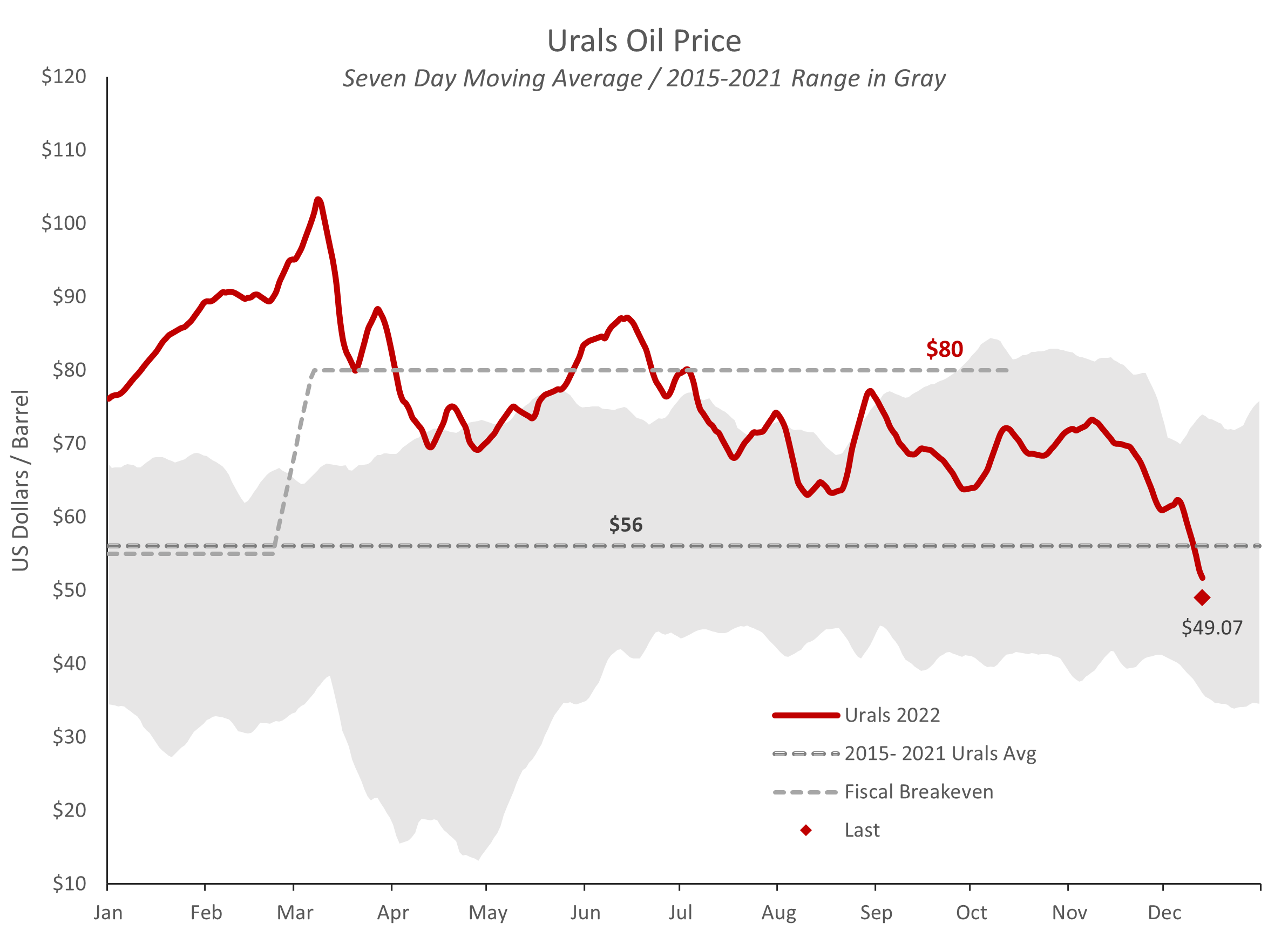The border situation also offers lessons for conservatives.
First, border enforcement is more about intent and will than physical barriers. Apprehensions do not run at three times the previous historical record unless the president wants it that way. We can see for ourselves that a wall is meaningless if the administration refuses to enforce the border. For conservatives, therefore, any solution must work under both Republican and Democratic administrations. It must be durable under changing political conditions, and that means the interests of both the right and the left must be served by any solution to achieve consistently acceptable results.
Second, an insistence on absolute sovereignty — a southwest border sealed against migrant labor — will prove a disaster. After four years of Trump's vitriol against the Central American migrants, the US is seeing a tsunami of illegal immigration. If conservatives want to play an all-or-nothing game, well, right now you are getting nothing.
Third, we ended marijuana smuggling over the border without a wall or draconian enforcement. We do not need a wall or draconian enforcement to end illegal immigration.
A legalize-and-tax system will work, as it has for marijuana and earlier alcohol. Will it be perfect? No. Alcohol, for example, still causes material damage to the US economy. The CDC estimated the cost of excessive alcohol use in the United States at $249 billion in 2010, and binge drinking was linked to 140,000 premature deaths. With all this carnage, do we intend to reinstate Prohibition? No, and for good reason. The costs of Prohibition were much higher than the costs of dealing with legal alcohol. For the black markets I have examined, the costs -- including corruption, violence, gangs, enforcement, and incarceration -- were 10-20x greater than the underlying problem.
So it will be with a legalize-and-tax system for migrant labor. Can such an approach deliver absolute sovereignty? It cannot. But it can deliver safety, legality, propriety and appropriate compensation to the government for the right to work in the US at a B+/A- level, which is both good enough and ten times better than the current state of affairs.
Open borders also holds lessons for the left. As I wrote almost two years ago, open borders would destroy the chances for the normalization of the status of the long-term undocumented, including those covered by proposed DACA and Dreamers legislation. So it has proved.
Leaving the southern border wide open is contemptuous of the American public, a complete dereliction of the president’s duty to protect and control our borders. Under the circumstances, the votes for normalization will be lacking, as they were in the last two years when the Democrats held both the White House and Congress. Moreover, this impasse could last fifty years.
One of the strange features of black markets is their tendency to persist, as has been the case with illegal immigration. Since the IRCA amnesty fiasco of 1986, Republicans and some Democrats have been loath to consider offering any such leniency again. Nevertheless, at least some Republicans were sympathetic to the cause of DACA and the Dreamers.
That’s finished. President Biden’s Open Borders policy has gutted confidence in the willingness of any Democrat in the future to enforce agreed border legislation. Prior Democratic presidents were sympathetic to migrants, but generally enforced the border. Clinton saw a surge in 1999, but suppressed it within months. Obama’s apprehensions numbers were actually better than Trump’s. By contrast, Biden’s complete abandonment of the border is something new and unprecedented, and it will color Republicans’ willingness to strike a deal with Democrats for the next half century. Lest this be taken as exaggeration, keep in mind that many of those entering the US illegally after 1986 are still waiting for normalization of status. That was nearly 40 years ago. As a practical matter, the undocumented are neither expelled nor accepted, but merely tolerated in the shadows. This is the political equilibrium, as dysfunctional as it is stable. It can easily persist for decades to come, just as it has since the 1980s.
For the pro-migrant, woke left, the only plausible path to normalization is a legalize-and-tax regime. Such a regime requires not only legalization at the border, but also in the US interior. Barring that, a legal entry system will be comingled with a black market interior, with poor results. California’s botched marijuana legalization serves as an example of failing to address the incumbent black market. As a result, the large majority of long-term undocumented residents must be provided legal status — a work permit — if a legalize-and-tax regime is to be successfully implemented. For those looking for status normalization of the long-term undocumented within the next ten years or more, a legalize-and-tax approach is the only hope, not because granting legal status is nice or compassionate, but because it is necessary to clean up the mess of the last fifty-eight years.
The current tsunami at the border has lessons for all ideologies. For libertarians, open borders has been demonstrated as the disaster which analysis said it would be. For conservatives, a wall is clearly not enough, and an all-or-nothing approach is proving to be a dead-end. For the woke left, advocacy of open borders has betrayed the long-term undocumented, whose hopes for legal status may have to wait for a very, very long time.
Despite all this, fixing the border is perhaps the lowest hanging fruit in the US policy universe. At the conceptual level, it is just about a no-brainer. The politics are of course challenging. Execution also matters, and neither the structuring nor implementation of a legalize-and-tax system are trivial. Nevertheless, we can achieve stunning success if we commit ourselves to the endeavour.









































